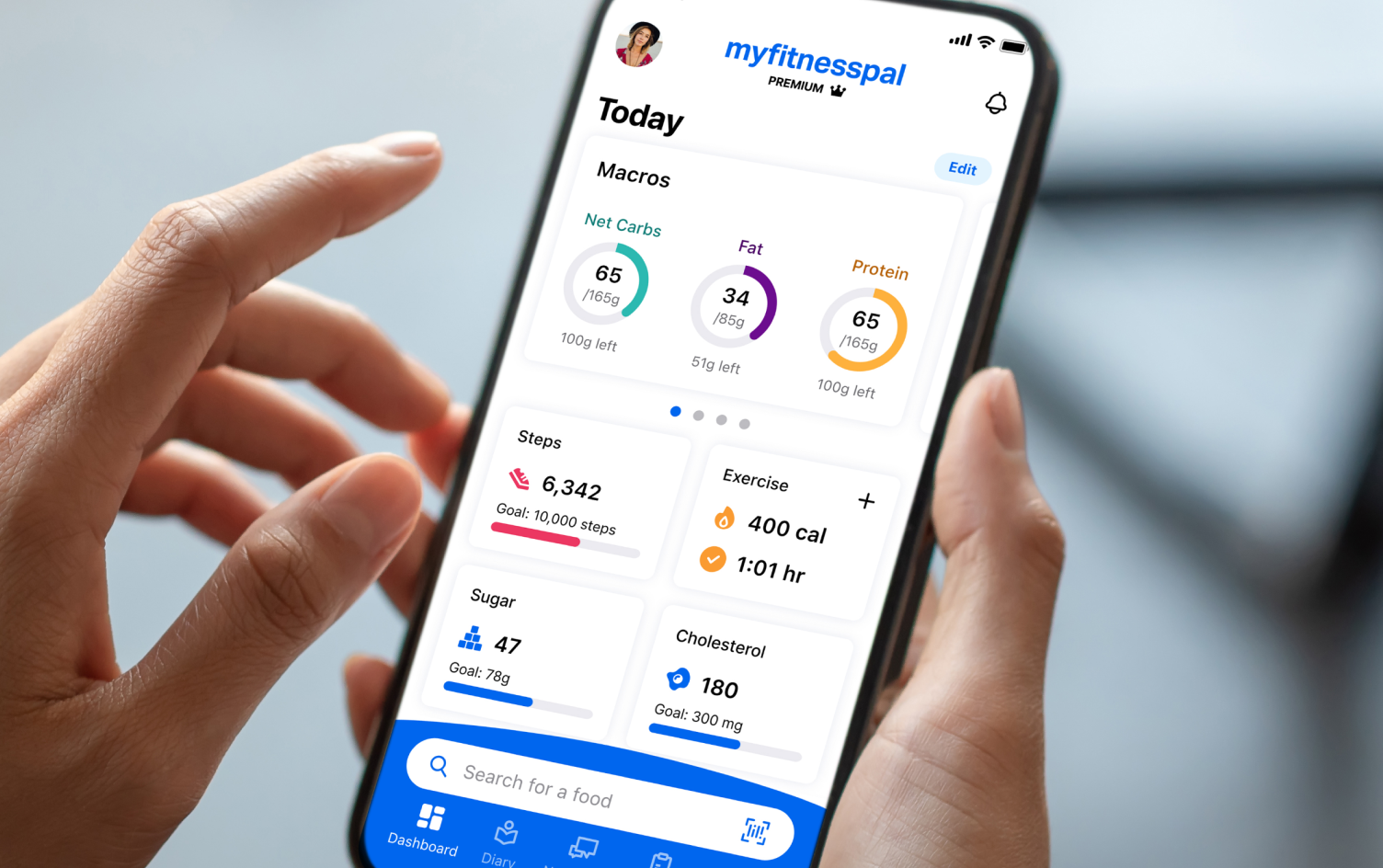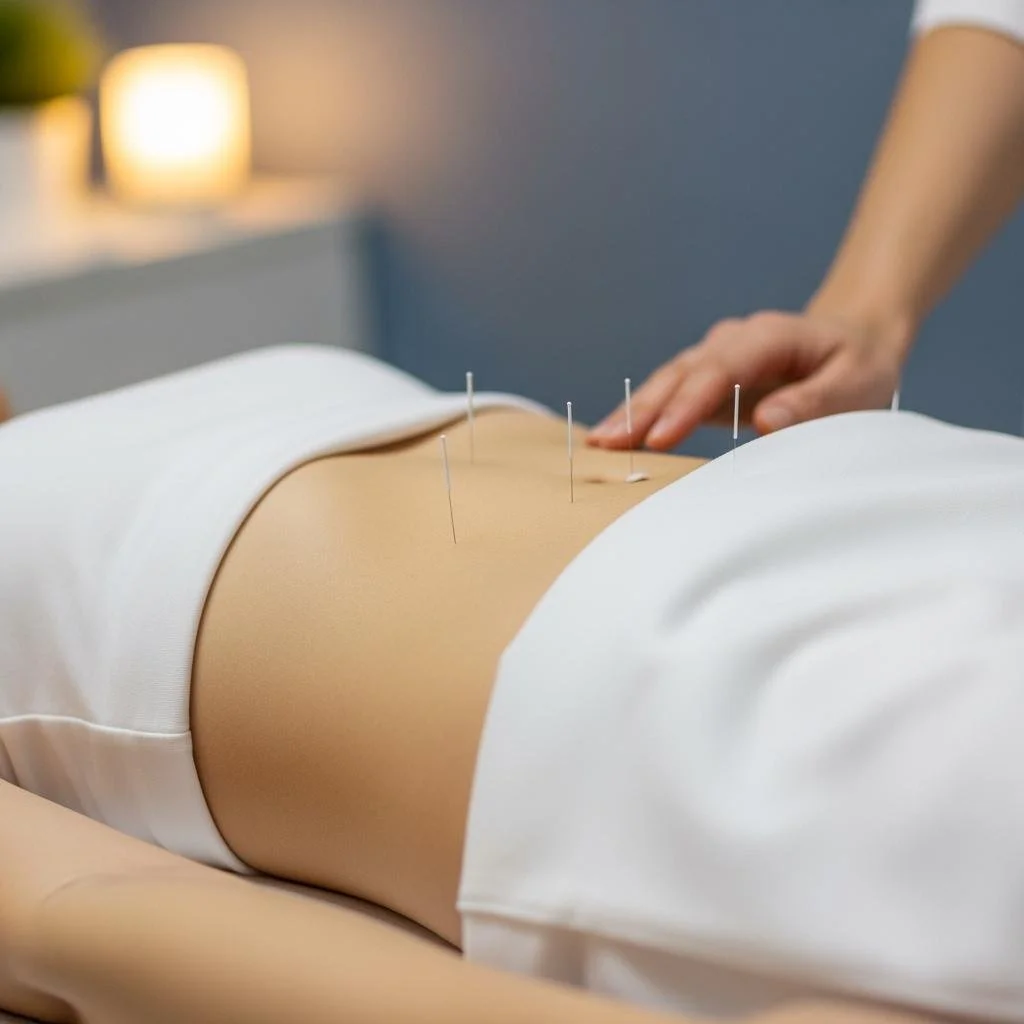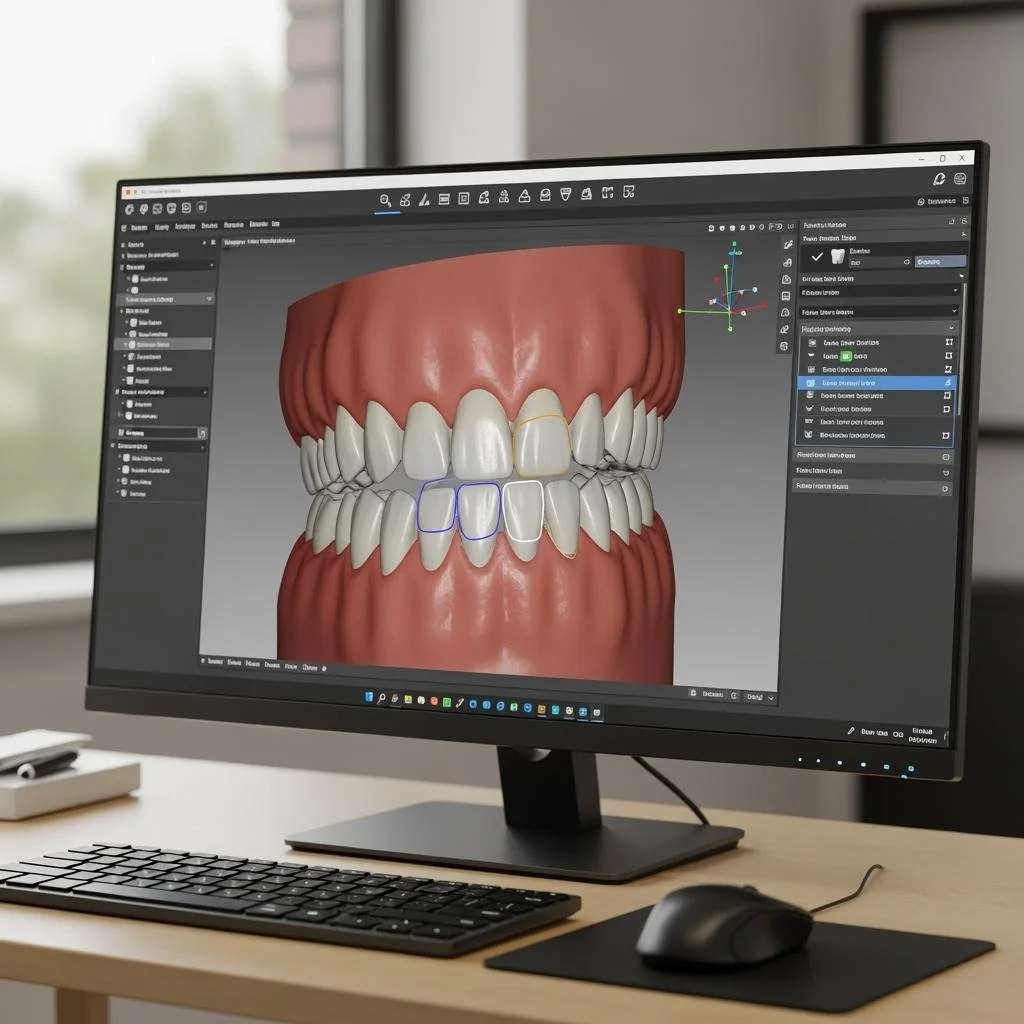4 Ways To Relieve Stress That You Should Know And Try
In today’s fast-paced world, stress is an unavoidable part of life—but how you respond to it can make all the difference. You’ve likely seen countless articles, social media posts, and videos offering advice on how to reduce stress. And while it’s great to have access to these resources, the real question is: Have you truly embraced any of them to find lasting relief?
In this article, we’ll explore four powerful and practical methods you can start using today to manage stress more effectively. These techniques go beyond quick fixes—they’re about building a sustainable approach to emotional and physical well-being. Whether you’re dealing with daily pressures or navigating a particularly challenging season, these strategies can help you feel more grounded, present, and in control.
No. 1
Professional Massage Therapy: For When You Need Help
Massage is more than just a luxury—it’s a therapeutic tool that supports healing, stress relief, and pain management. Whether your muscles are tight from tension or you're simply feeling emotionally drained, a session with a registered RMT massage therapist can work wonders.
But here’s the thing: you don’t have to wait until you’re overwhelmed to schedule a massage. Regular sessions can serve as proactive self-care, helping you stay balanced even when life feels chaotic. Human touch has a powerful calming effect on the nervous system, and massage therapy is a safe, effective way to reconnect with your body and mind.
Tip: Add massage to your monthly wellness routine. Think of it as maintenance for your mental and physical health—not just a reaction to stress.
No. 2
Progressive Muscle Relaxation: Use It Anywhere
Progressive Muscle Relaxation (PMR) is a simple yet highly effective technique that can be used anytime, anywhere. Whether you're stuck in traffic, sitting in a tense meeting, or calming a toddler meltdown, PMR helps you release tension and become more aware of your body.
How It Works:
Focus on one muscle group at a time.
Tense the muscle (e.g., your thigh) for a few seconds.
Release the tension slowly and notice the difference.
Move to the next muscle group and repeat.
By systematically working through your body, PMR helps you interrupt the stress response and regain a sense of calm. It’s especially helpful for people who carry stress physically, such as in the neck, shoulders, or jaw.
Bonus: PMR is discreet and doesn’t require any equipment, making it perfect for on-the-go stress relief.
MyFitnessPal
Your health journey starts here!
Track your meals, workouts, and progress with MyFitnessPal.
No. 3
Prioritize Yourself: Learn What Matters
You are important. You probably know that intellectually—but do your daily actions reflect it?
Stress often stems from neglecting your own needs in favor of pleasing others or meeting unrealistic expectations. Start by tuning into how you feel in different situations. If certain interactions leave you feeling drained or diminished, it’s time to set boundaries and protect your emotional energy.
Ways to Prioritize Yourself:
Practice self-awareness: Notice how people and environments affect your mood.
Set healthy boundaries: Saying “no” is a form of self-respect.
Seek support: A therapist can help you develop coping strategies and reinforce your self-worth.
Want a quick mindset shift? Watch this insightful video by Mel Robbins on the “Let Them” method, a powerful approach to letting go of what you can’t control:
No. 4
Exercise: When You Need to Sweat It Out
There’s a reason exercise is one of the most recommended stress-relief methods—it works. Physical activity releases endorphins, the body’s natural mood boosters, and helps burn off the adrenaline and cortisol that build up during stressful moments.
Whether it’s a brisk walk, a high-intensity workout, or a calming yoga session, moving your body can shift your mindset and restore your energy.
Tips for Making Exercise a Habit:
Schedule it like a meeting—put it on your calendar.
Choose activities you enjoy so it doesn’t feel like a chore.
Start small: even 10 minutes a day can make a difference.
When stress hits hard, your instinct might be to curl up and do nothing. But pushing through and getting active can reset your entire system.
Takeaways
Life doesn’t stop. Stressors will continue to appear, often when you least expect them. But you don’t have to be at their mercy. By incorporating these four strategies—massage therapy, progressive muscle relaxation, self-prioritization, and exercise—you can build resilience and reclaim your peace.
In this article, we’ve explored practical stress-relief tools that you can start using right now. The key is to take action. Don’t wait for stress to overwhelm you—be proactive, listen to your body, and treat your well-being as a priority.
Because here’s the truth: you matter. And taking care of yourself isn’t selfish—it’s essential.
Looking for Wellness resources?
Are you looking to enhance your wellness routine? Explore our wellness partners who offer a wide range of resources to support your journey toward holistic living and well-being.































